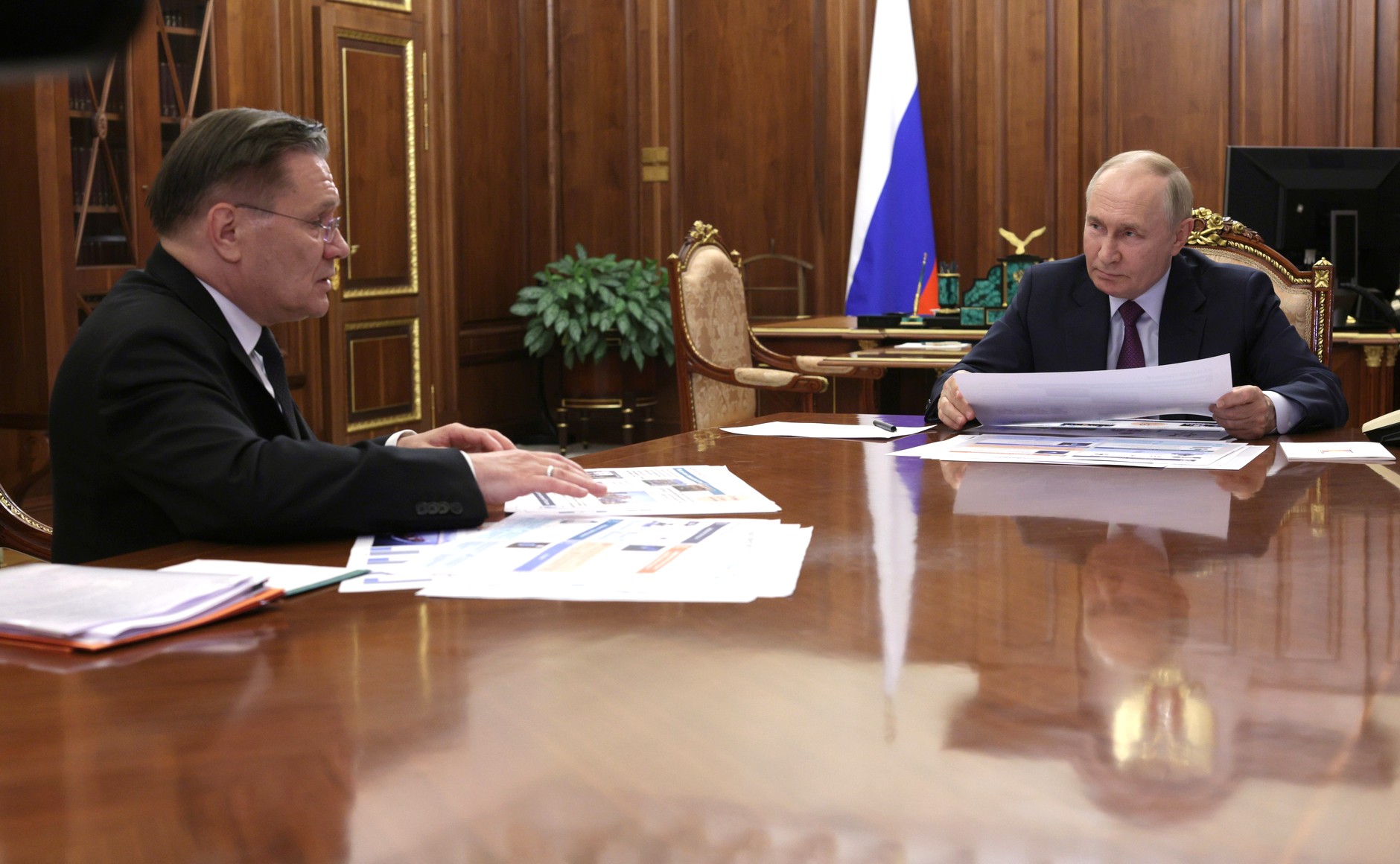Nord Stream: a Project Behind the Times (Commentary)
Nord Stream: a Project Behind the Times (Commentary)
The Nord Stream project is based on assumptions dating back to 2005 and earlier, but failing to reflect more recent developments, including those that are now revolutionizing the gas trade.
When Vladimir Putin and Gerhard Schroeder (Russian President and German Chancellor respectively at the time) concluded the Nord Stream agreement in October 2005, German business and political leaders were not overestimating Russia’s export potential for the years ahead. On the contrary, they were becoming apprehensive that Russian gas production and exports (even adding Turkmen gas) would not keep pace with the rapidly growing demand in continental Europe. Such worries were mostly being expressed privately, although covered publicly by business and government with declarations of confidence in Russia. The undeclared concern about Russian supply limitations inspired a rush for access to Russian gas fields in western Siberia, with a dedicated pipeline directly to Germany, presumably guaranteeing supplies to consortium partners for decades ahead (Nord Stream Project Faces Hard Slog Against the Tide, EDM, February 17).
While the premise was well-grounded, it led to a Russo-German special deal, instead of a solution within a European framework; and it promised to increase German overdependence on Russian gas, instead of diversification of suppliers. Moreover, the Nord Stream project as such rested on questionable expectations that were not borne out.
The first assumption, as then declared, was Russia’s political “reliability” as an energy supplier to Europe for the long term. This thesis is no longer tenable even in Germany. Instead, the same interested parties invoke the “unreliability” of the transit countries, implying Ukraine, to justify Nord Stream. However, this project is specifically designed to bypass the Baltic States and Poland, not Ukraine.
The second assumption was that Russia could fill the Nord Stream pipeline’s two stages, to the declared capacity and in the promised time-frame (55 billion cubic meters (bcm) per year from 2015 onward, for 25 years) from fields already in operation or earmarked to be soon developed. This was invalidated by the realization, in 2008, that Russia faced a gas shortfall (of internal production versus supply commitments) during the ensuing decade. Thus, Nord Stream’s second stage has no designated or at least prospective source of gas.
Thirdly, Nord Stream partners had expected that Gazprom would continue absorbing Turkmen gas volumes into Russia’s Unified Gas Supply System for internal use, so as to free up Siberian gas volumes for delivery to Europe. However, Russian imports of Turkmen gas have since 2009 entered a downward curve, apparently long-term.
A fourth, disproved assumption behind Nord Stream relates to the dynamics of gas demand in Germany and Europe. The European Union’s emphasis on renewable energy sources, as well as the new German government’s policy to keep nuclear power plants in operation, is slowing down the growth in demand for natural gas.
The fifth invalidated expectation concerns demand for pipeline-delivered gas, compared with other modes of delivery and purchase. Spot markets for both natural gas and liquefied gas (LNG) are rapidly developing in Western Europe, with prices substantially lower than those charged by Gazprom. Thus, European importers can start extricating from long-term, fixed-price, take-or-pay arrangements for Russian pipeline-delivered gas. Nord Stream co-founder E.ON Ruhrgas is also trying to reduce its dependency on Russian gas, meanwhile facing compensation claims from Gazprom over take-or-pay contract issues.
Sixth, surging development of unconventional gas in the United States in 2009 (with Europe potentially following suit), coupled with an increasingly globalized LNG trade, are rapidly diversifying European supply options. Whether Gazprom’s Nord Stream gas can be competitively priced seems unlikely in these new circumstances. Nord Stream could only be profitable if the seabed pipeline’s inordinately high costs were passed on to end consumers. This presupposed a locked-in market and semi-captive consumers with restricted options. However, this expectation no longer holds.
Finally, (and reflecting the LNG and unconventional gas developments) Gazprom has suspended Russia’s largest gas extraction project, Shtokman, before it had even started (EDM, February 11). Shtokman gas had been expected to feed the second stage of the Nord Stream pipeline, although it was not officially earmarked. Instead, Shtokman is now officially decoupled from Nord Stream’s second stage, which is not backed by any supply agreement.
Thus, Nord Stream seems predicated on a set of invalidated assumptions; and is also confronted with developments that could hardly have been forecast in 2005 or even thereafter.
The project appears to proceed largely on political momentum, including Berlin’s apparent willingness to increase German overdependence on Russian gas. By contrast the Dutch, Danish, or British purchases of Nord Stream gas are planned on a small scale and constitute diversification steps for those countries, which enjoy multiple supply options. German imports, however, are planned on a large scale, frustrating its diversification goals. Political momentum seems to drive the German government’s decision to risk 2.7 billion Euros in credit guarantees, for a project that is behind the times.


